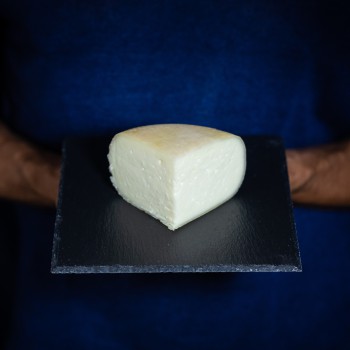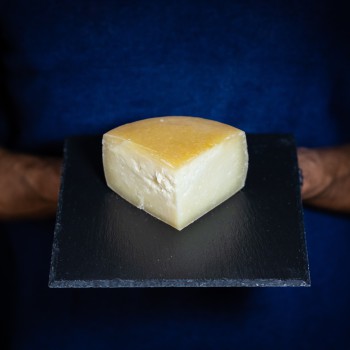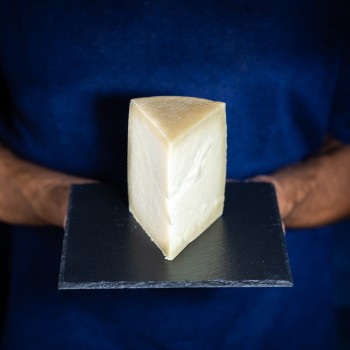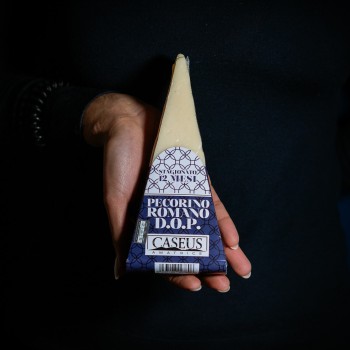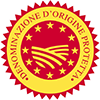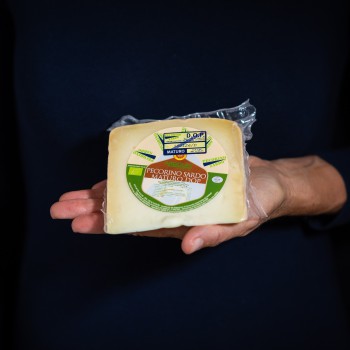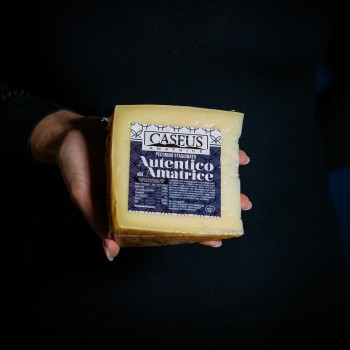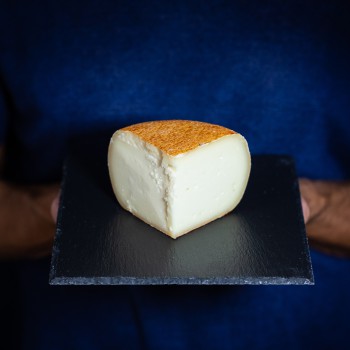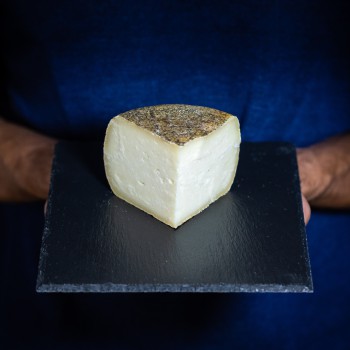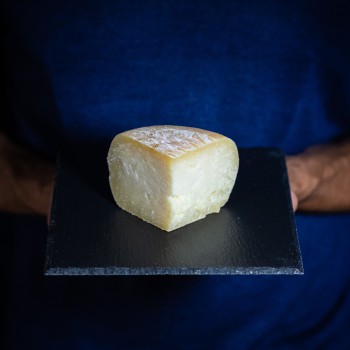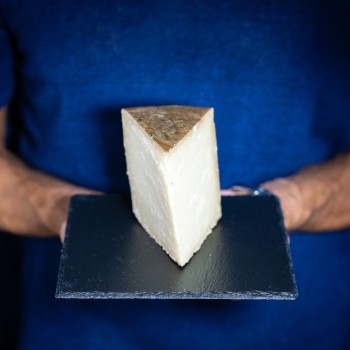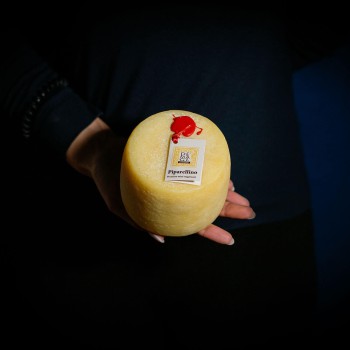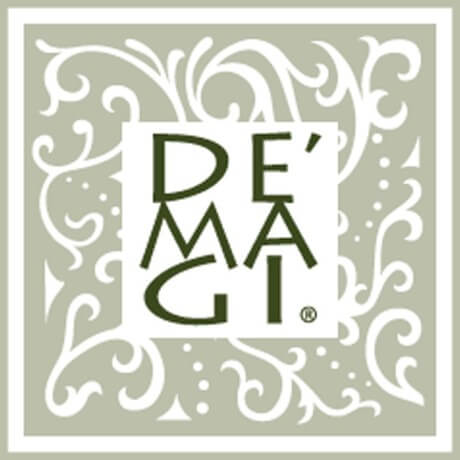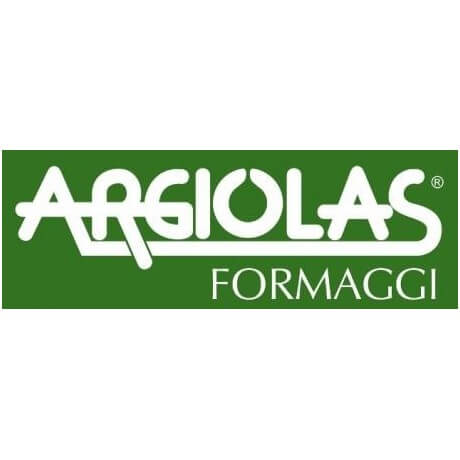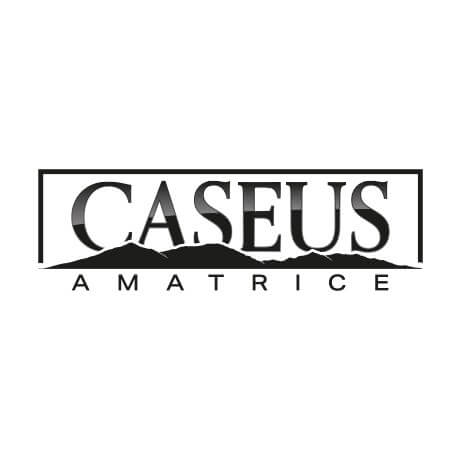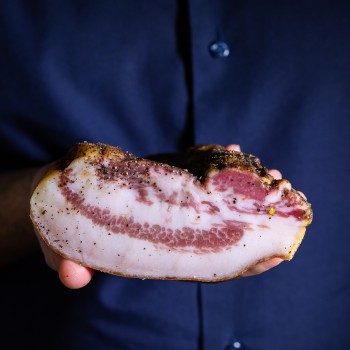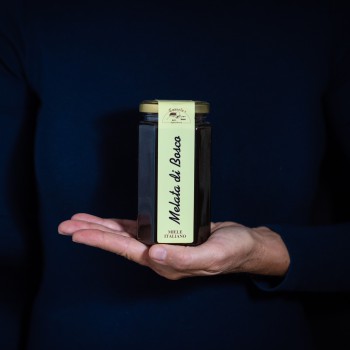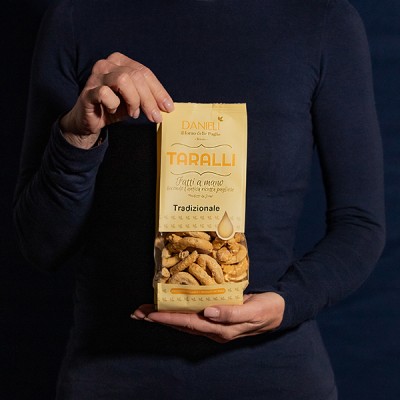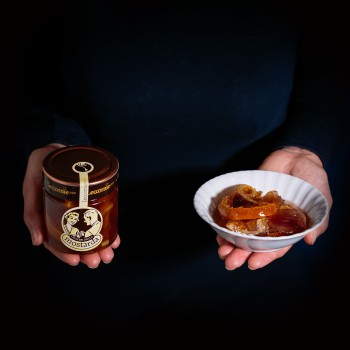- Meat & Seafood add remove
- Cured meats & Cheeses add remove
- Pasta & Pizza add remove
- Preserves & Condiments add remove
-

- Pickles & Preserves add remove
-
- Truffles, legumes & mushrooms add remove
- Desserts & snacks add remove
- Organic
- Tasting Selections
- Christmas
- Regali aziendali
- Brands
- Meat & Seafood add remove
- Cured meats & Cheeses add remove
- Pasta & Pizza add remove
- Preserves & Condiments add remove
-

- Pickles & Preserves add remove
-
- Truffles, legumes & mushrooms add remove
- Desserts & snacks add remove
- Organic
- Tasting Selections
- Christmas
- Regali aziendali
- Brands
Pecorino Cheese
An Italian cheese with regional variations
Many different types of pecorino exist, given that each region makes its own traditional artisan pecorino cheese.
When we arrange a cheese platter, we usually set out different types of cheese. We may put one cheese with a surface mould, one soft cheese, one hard cheese, or we might choose one sheep milk cheese, one cow milk cheese and one goat milk cheese. But how about preparing a cheese platter with just one type of cheese, including all its different regional variations?
Young Pecorino Cheese - 300/600/1200g
Raw-milk Pecorino Cheese "Gioia del Pastore" (Sheperd's joy) - 400/800/1600g


The brands we selected
It is not enough to say “Pecorino”
Calling it just “pecorino” is actually quite simplistic. There is the Tuscan pecorino, the Pecorino from Roma and the Pecorino from Sardinia… Let’s take a look at them all.
Pecorino toscano cheese
Tuscan Pecorino obtained the PDO certification in 1996. It is one of the most ancient cheeses in Italy, dating back to Etruscan and Roman times. Today, just like back in the days, it is made with the milk of ewes reared on Tuscan pastures. It is processed and aged in Tuscany, too.
In Tuscany we also call it cacio; it was actually Pliny the Elder who mentioned this term for the first time in its masterpiece ‘Naturalis Historia’. However, it wasn’t until the 15th century that cacio marzolino started to become common, as it was particularly loved by noble families, such as the Medici. Everyone found it delicious and it was considered one of the best Italian cheeses.
I think that it’s important to mention one particular feature of Tuscan cheese. Although PDO Tuscan Pecorino cheese is delicious, with a unique, perfectly balanced sweet and sapid flavour, pecorino can come in many different shapes and flavours. It is one of those cheeses that you always have on hand and that you can eat at the end of a meal or give to your kids (or keep for yourself) as a mid-afternoon snack.
We meet dairymen and cheese refiners all the time, who put great care and creativity into the production of this Italian cheese, without following PDO product specifications, though.
I would argue in favour of all these pecorino cheeses made in Tuscany, which are not officially recognised as ‘Tuscan pecorino cheese’. They still have that authentic taste which characterises this cheese, and by undergoing fine-tuned and creative refining, have new and unique flavour nuances.
That’s why you can find grape skins, olive leaves, cocoa and aromatic herbs on the rind. When you taste them, you’re always in for a surprise and these pecorino cheeses, with or without the PDO certification, maintain the good reputation of pecorino in this region.
Another interesting feature of PDO Tuscan Pecorino cheese is that its paste can have very different textures. Pecorino can have a soft or semi-hard paste, depending on the aging period: the former ages for at least 20 days, while the latter for at least 4 months.
Pecorino romano cheese
There has been much talk about PDO Pecorino romano: it is called ‘Roman’, but the majority of production takes place in Sardinia, as also stated by the product specifications themselves. However, there are a lot of dairies that still make this pecorino cheese where it is originally from, the Tiber valley.
So, is this Italian cheese from Lazio or from Sardinia? We could say both, let’s overcome labels this time around. After all, Sardinian people know how to make cheese and sheep graze on wonderful natural pastures. Pecorino romano, whether it is produced in Sardinia, Lazio or near Grosseto, is made with the milk of local cattle breeds which graze on uncontaminated pastures full of wild herbs giving a lot of aromas.
Let’s get back to Roman pecorino cheese. It is a hard cheese and it is often used as grate cheese, just like Parmigiano Reggiano and Grana Padano. It actually is the main ingredient of some pasta dishes, such as Amatriciana or Cacio e Pepe.
Roman Pecorino cheese dates back to Roman times, of course. The poet Virgil told us that one Roman soldier would eat 27g of Roman Pecorino cheese per day, which would give him enough energy to fight and travel. It was quite widespread, because of its production technique and long preservation.
Roman pecorino production is very interesting. The weight of cheese wheels can range from 20 to 35 kg; the cheese undergoes four salting steps and the rind, which can also have an ivory colour, usually is black. It is a very flavourful, but not excessively salty, cheese which is slightly spicy and always very tasty. The aging period lasts around six months for Roman pecorino table cheese and at least eight months for Roman Pecorino grate cheese.
Pecorino sardo cheese
Let’s finish our journey through the lands of Pecorino in Sardinia. We have already mentioned that this island is also home to the production of PDO Pecorino romano cheese, but another PDO cheese is produced here, which is closer to local tradition: Sardinian pecorino cheese.
PDO Pecorino sardo has two different aging periods: “mature” Pecorino cheese and “young” Pecorino cheese.
PDO mature Sardinian Pecorino cheese ages for a long time - over six months -, during which it develops a particular, spicy, intense and enveloping flavour which makes it ideal both as table and as grate Italian cheese.
This cheese is a staple for Sardinian people, just like Tuscan Pecorino is for Tuscan people.
The fact that Pecorino cheese is eaten on a daily basis makes this Italian cheese one of those products that we always stock up on. And there’s something poetic and reassuring about it.






















